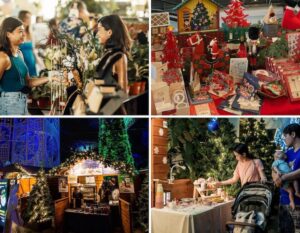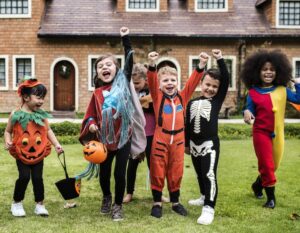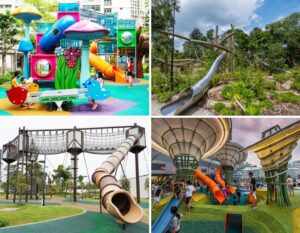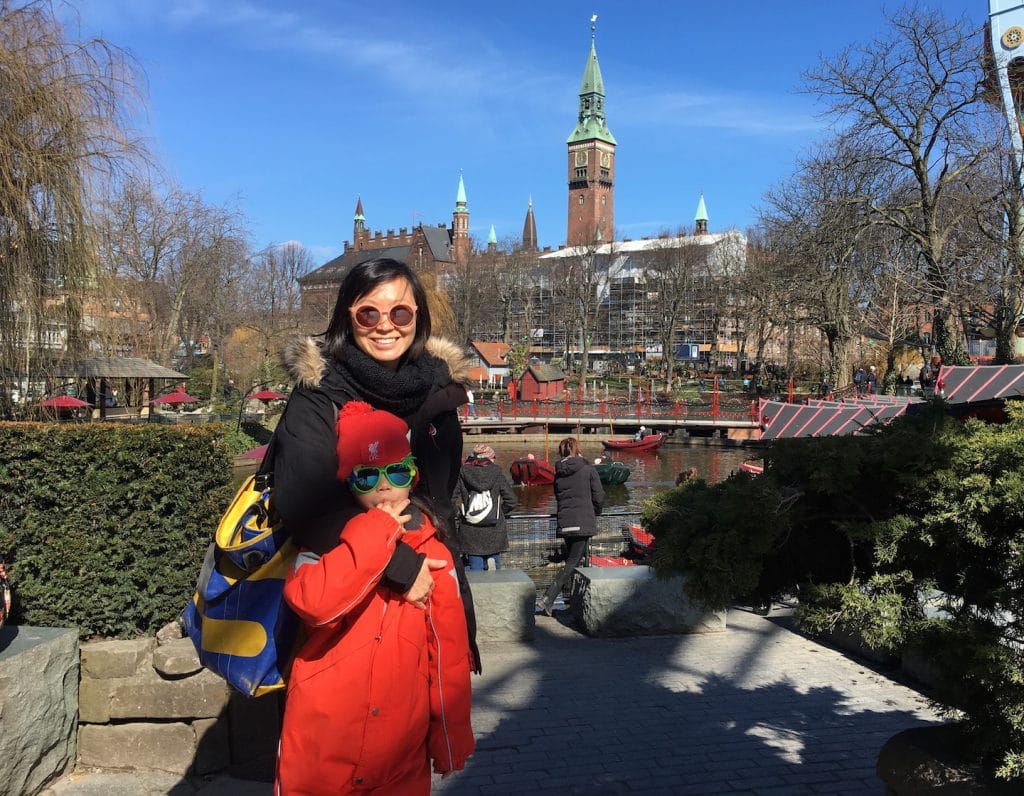
Singaporean mama Adrienne left behind her friends, family and career to start a new life in Copenhagen, Denmark with her husband and young daughter. From Forest Kindergartens to Cargo Bikes, she’s got us sold on the Scandi-life!
Our family of three moved to Copenhagen four years ago, in an attempt to hit the pause button and to reset our lives – which was on a steady decline from a work-life balance perspective. My husband had been accepted for a full-time, year-long MBA at the Copenhagen Business School, and I decided that I needed to call a time-out on my growing obsession with long hours at work; in retrospect – and in reality – we were probably facing a bit of a midlife crisis.
Neither my husband or I had actually visited Copenhagen before – not for business or for leisure, and my then- 3.5 year-old daughter certainly had no idea what was about to hit her. So the move, though exciting, was a somewhat risky adventure. What we did not anticipate was falling in love with Copenhagen: what was meant to be a yearlong sabbatical now sees us going into our fifth year away from Singapore.
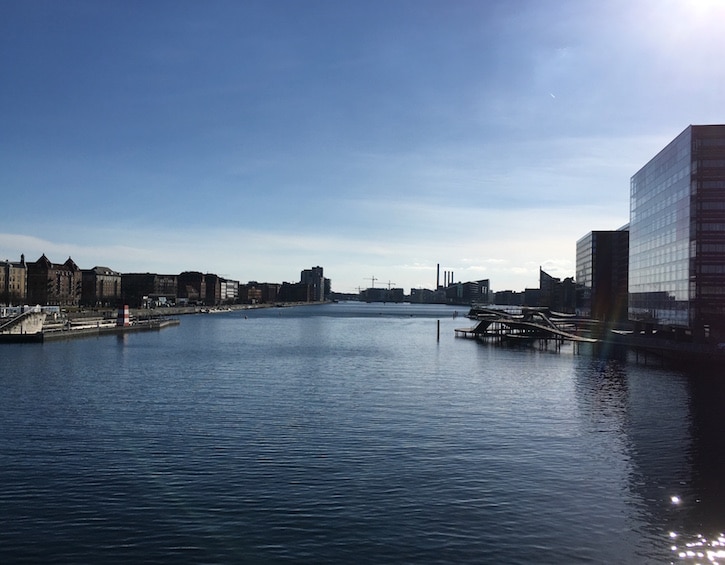
The early installation days weren’t easy; I found Copenhagen friendly, but it seemed closed off. The city is an upsized village, a tight-knit community of dwellers who hang out with friends they made when they were babies. I exaggerate to make a point, but the Danish community can seem almost impenetrable, and the notoriously difficult language certainly doesn’t make settling in any easier. But what I have learnt is once you make a Danish friend, the friendship goes a lot deeper than the usual “hi-how are you doing-bye!”.
Evolving from a working mom to a stay-at-home mom brought with it challenges I had anticipated but severely underestimated. Whilst I acknowledged and appreciated the privilege and luxury of being a SAHM – the opportunity cost of a career that met with a premature ending notwithstanding – I could not fully cope with questions around “Are you working?”. I found myself over-explaining why I wasn’t and I got defensive when well-meaning family and friends tried suggesting jobs I could take on. (Nope, not a good idea at all!)
It took me some time to find my rhythm. It certainly helped when I started to volunteer with a local NGO and when I made firm friendships with other parents from my daughter’s school. It had also been inspiring (though slightly bewildering) to witness how well-settled my husband and daughter were. Right from the get-go, we placed Sara in a local kindergarten instead of an international, English-speaking one. We figured if one of us had to learn to speak Danish, she would probably pick it up the fastest; besides, she would protest the least.
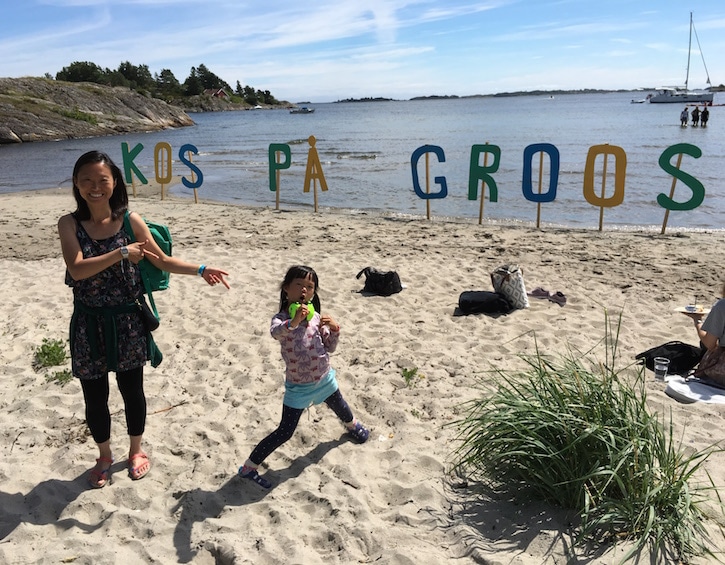
The first 2 months were painful and she struggled on many fronts — new kindergarten, new language and a shy personality did not help her cause. My heart ached when she cried to sleep and I was filled with self-doubt over our decision. But looking back, it was the perfect introduction to her life, our lives, in Denmark as it opened up to us an opportunity to be part of the local community.
Every child is assured of a spot in a public kindergarten in Denmark as an outcome of a strong welfare state (supported by a high tax regime — no free lunch there). We did not expect the earliest available spot for Sara was to an “outlying” forest kindergarten! At that time, the concept was foreign to me, and I almost did not believe they really existed. In Singapore, Sara’s childcare was five minutes down from where we used to live and kids spent most of their time indoors in air-conditioned rooms. Sara was now going to be picked up at a “collection point” in a tourist bus and driven up to the forest kindergarten almost an hour away from central Copenhagen. There, the kids would play outdoors most of the day in a converted, almost shabby-chic farm, surrounded by forests and the nearby coast.
The first week Sara started, I remember – and I’m still embarrassed by the memory – asking the senior pedagogue, “Can you tell me more about the curriculum?”. “Oh, no, no, don’t worry,” she assured me, “There is no teaching in Danish kindergartens. We will make sure the children get as much play as possible.” I was gobsmacked (and culture-shocked). A mixture of disbelief but also inexplicable relief flooded me: All play, all day? Sign me up! And they meant business. There was no formal education: Sara did not sit around and learn the Danish alphabet (nor numbers nor shapes); everything she learnt, she learnt it through play.
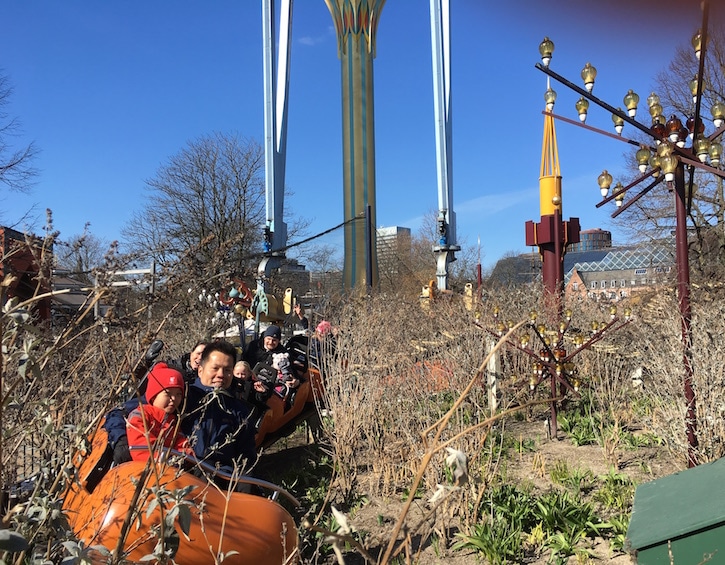
And that is probably one of the largest differences between Danish parenting and what I was used to. In Denmark, kids not only spend a lot more time playing, a huge chunk of that time is on “unstructured play”. And this was reflected in Sara’s kindergarten: the only timings the kids had to adhere to were snack break, lunch break, and time to get on the bus to leave for home. Otherwise, they had the entire day to themselves, to figure out what they wanted to do, to plan what they wanted to play, and to deal with their own boredom. There were some organised activities available to the children – art and craft, beading, dancing – but these were entirely optional. It was interesting to see how allowing the little ones to manage their own day fostered creativity, as well as nurtured confidence and independence. More critically (as all parents will appreciate), this inevitably made the kids look forward to kindergarten everyday (well, most days!).
Copenhagen is not the bright lights and buzz of big cities like London, Paris and New York, but that nordic light quietly casts its spell over you: it’s chic yet classic, progressive yet traditional, it pulls you in slowly and before you know it, you’re in love.
Families visiting Copenhagen, do not miss:
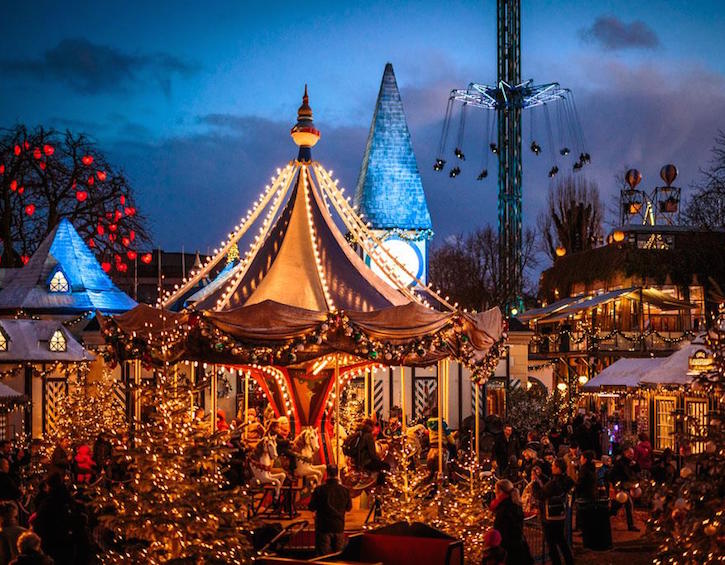
Tivoli Gardens : Timeless. Despite it being the second-oldest operating amusement park in the world (1843!), Tivoli has kept up. Initially, I was sceptical – I mean, you’ve seen one, you’ve seen them all, right? – but there’s a reason it’s also the second-most popular seasonal amusement park in the world. There are enough rides to provide that adrenalin rush, but Tivoli has managed to retain a special kind of delicate charm and romantic magic in the air. It’s extremely popular with the locals as well given its location right smack beside the central station.
Museums: Not a typo! Understandably, this might not float every child’s boat, but Copenhagen’s museums take “child-friendly” to the next level. We spend inordinate amounts of time at the museums over the harsh winters but no one’s complaining. If Sara had to choose, her favourites would be: The National Museum of Denmark, The Copenhagen Workers Museum, and The Design Museum. I would throw in The Medical Museion — fascinating and just that little touch of creepy…
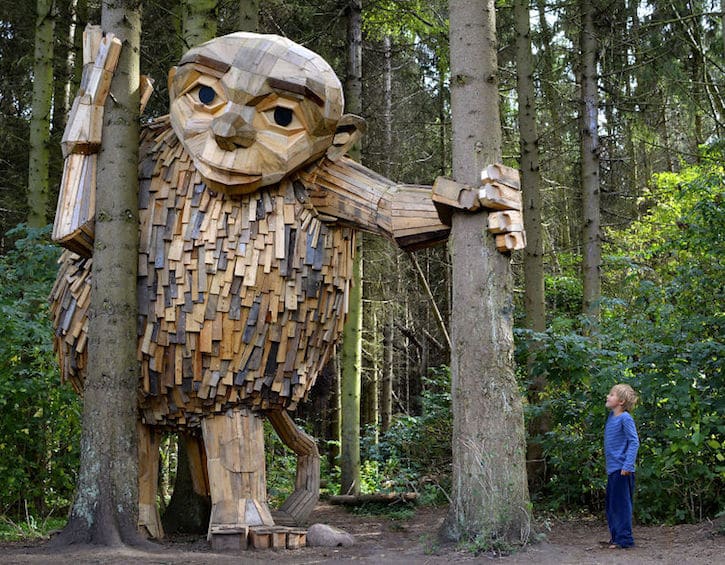
Off the beaten track/Outdoors: Copenhagen’s latest outdoor treasure hunt! Families will enjoy hunting for “The 6 Forgotten Giants”; created by artist Thomas Dambo, these quirky-looking, troll-like massive sculptures are made out of scrap wood and have been scattered and well-hidden around the beautiful forests of western Copenhagen. Alternatively, families strapped for time can opt to explore one of the more than 125 playgrounds dotted around Copenhagen. Sara’s school is located near Denmark’s largest nature playground “Naturlegepladsen i Valbyparken”; the area is perfect for a picnic and will provide a much needed respite for both kids and their parents!
Water: Copenhagen, like Singapore, is surrounded by huge swathes of water. No raising of eyebrows, and I know it sounds touristy, but boat tours are one of the most enjoyable ways to sightsee Copenhagen. The canal rides that start from postcard-famous Nyhavn are well worth the money. Better still, rent a GoBoat and chart your own course down the canals – it’s one of our favourite summertime activities, and Sara loves helping to fish rubbish out of the canals. Win-win!
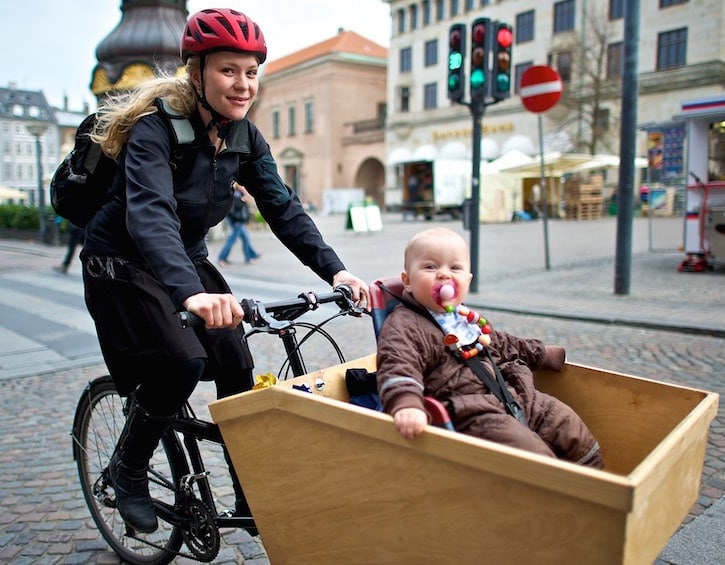
Cycle: Nothing shouts “Copenhagen” more than going around the city on a bicycle. Cycling infrastructure is top class, and with that crisp fresh air, it’s no wonder that cycling is a way of life here. Back in Singapore, we used to drive to a park to rent bicycles to cycle around the park. Today, we own five bicycles of all sorts, and cycling is our form of transport, not a sport nor a recreational activity (we have decided not to own a car). So, if you want to say you have experienced Copenhagen the local way, you simply will have to cycle. There are also “cargo bikes” – a very Danish family mode of transport – for rent. It’s perfect if you have children or other adults who prefer not to cycle. Everyone gets to experience Copenhagen the local way!
Freetown Christiana: Perhaps a little controversial, but a personal favourite of mine, and I would recommend it for families with older kids. Christiania is an autonomous neighbourhood right smack in the middle of the city (juxtaposed alongside some of the wealthiest parts of Copenhagen – go figure!). It lives by its own set of societal rules, completely independent of the Danish government. It’s a curious mix of homemade homes and businesses, surrounded by some lovely lakes, and is completely open to public. It’s controversial because it is still possible to witness hash dealing – illegal in Denmark – along Christiana’s Pusher Street, although the situation has been moderated a lot compared to when we first visited 5 years ago.



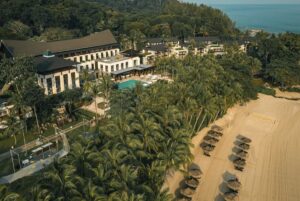


 View All
View All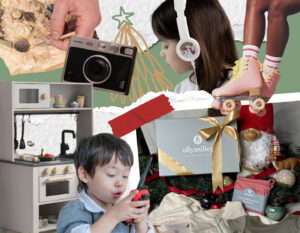
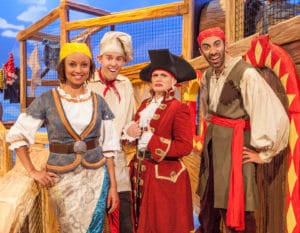



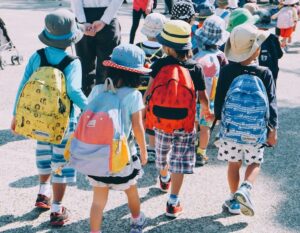
 View All
View All
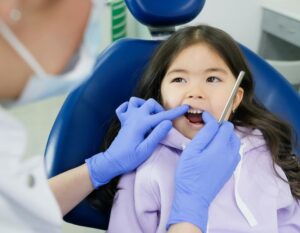







 View All
View All
